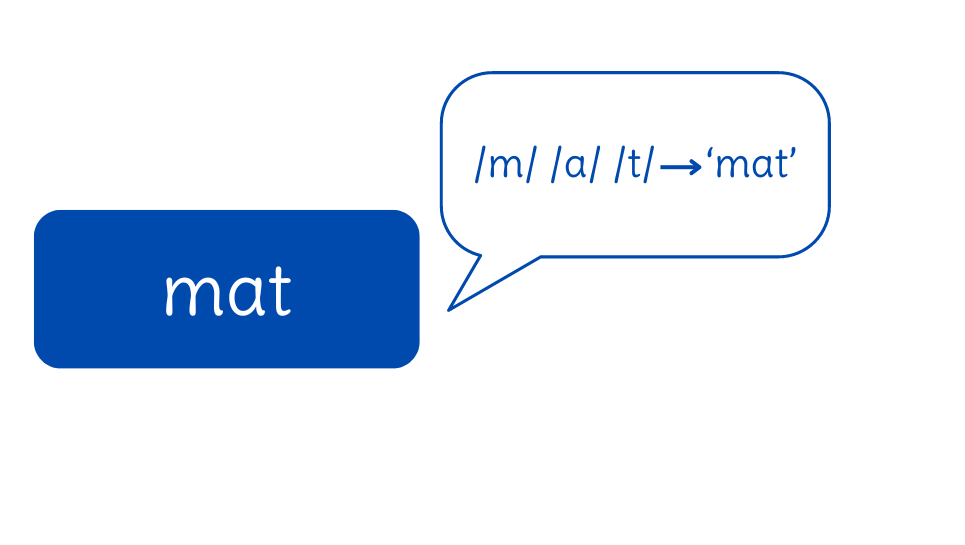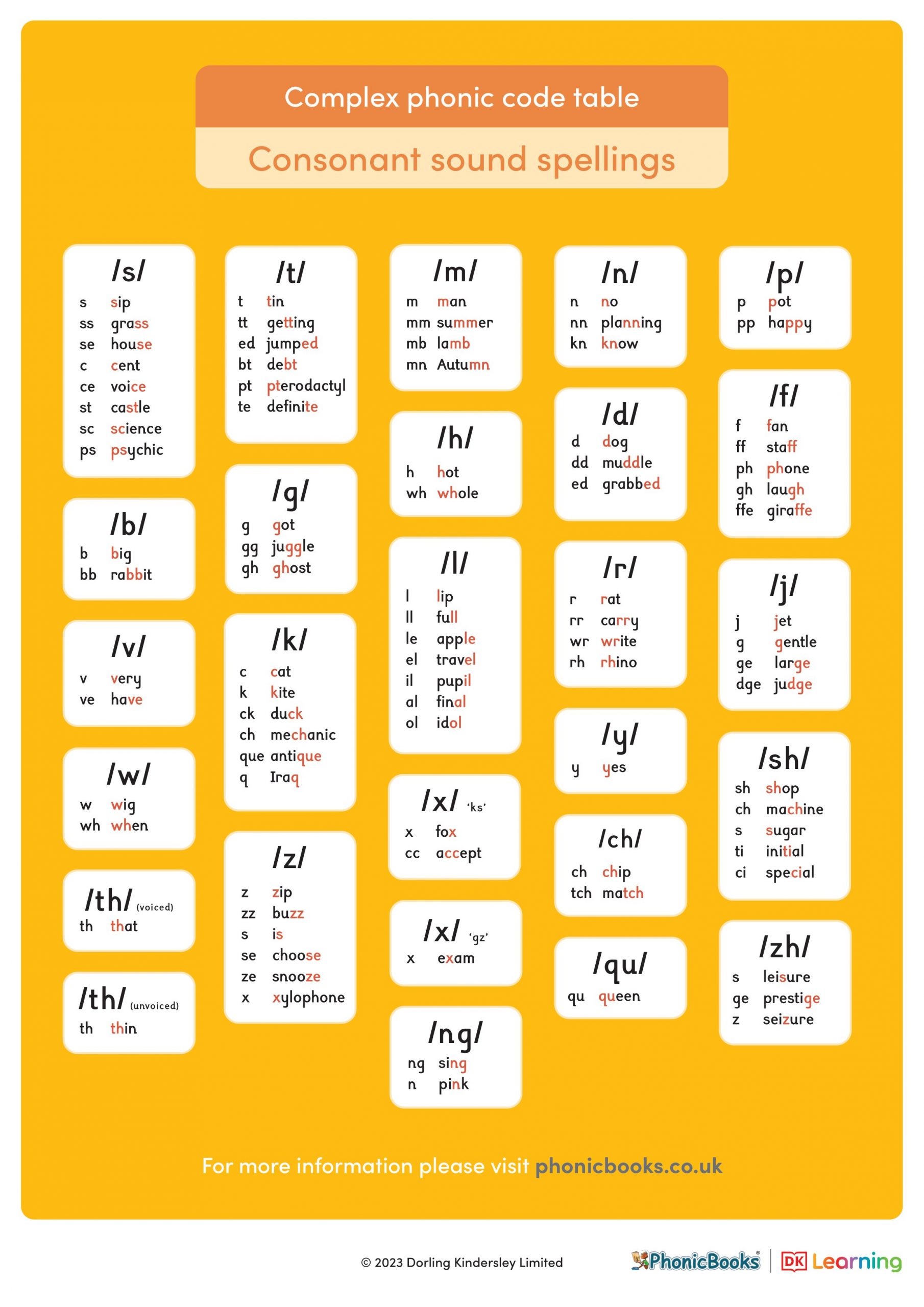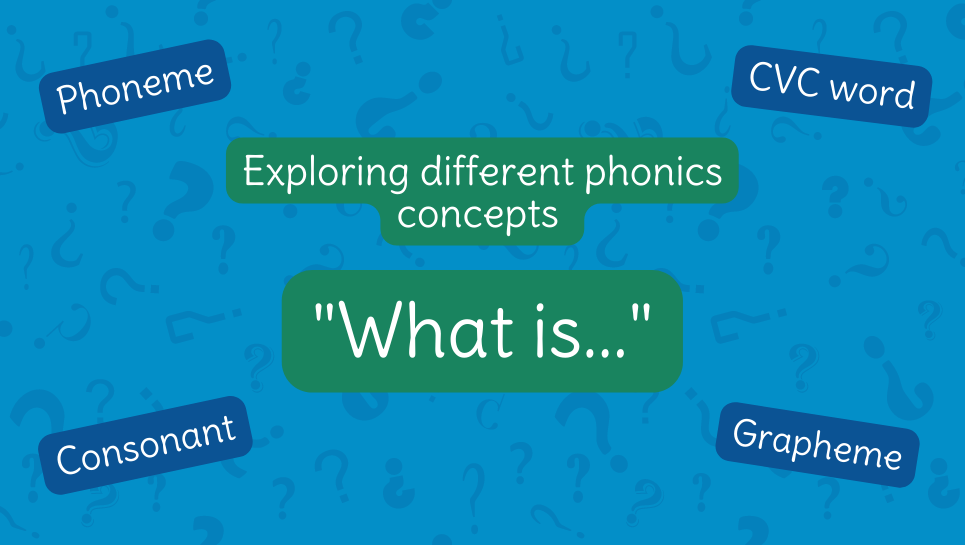In our ‘what is…’ series we’re taking things back to basics! From phonics to decoding, blending and more, we’re going to break things down and give you our expert advice on each area, to help answer any questions you may have around teaching reading.
***
When fluent readers read, the words fly off the page. We read and comprehend at great speed. Most people who didn’t struggle with reading can’t recall how they learned to read. We forget just how difficult learning to read is for beginner readers.
Phonics is the key to unlocking a written script
Writing systems were invented to record speech. Whether it is a shopping list or a novella, the purpose of a written script is to commit spoken language to paper or papyrus so that a message can be deciphered later at a different time or place. It can be deciphered not only by the writer (scribe) but by anyone who can decipher (decode) the writing system. Have you ever observed that awesome moment when a beginner reader writes his/her first word and discovers that not only he/she can read it perfectly but everyone else can too?
For novice readers our written script is a secret code of symbols. When we look at a writing system that we can’t decode, we are reminded just how opaque a written code is for those who haven’t learned the key.

Some written scripts are based on symbols representing part words or even whole words. English is an alphabetic writing system which means the letters or letter combinations represent sounds in words. This is genius because it allows us to read and spell a million words with only the 26 letters of the alphabet! How amazing is that?
This is called the Alphabetic Principle. We have roughly 44 sounds in the English language, and we use 26 letters in different combinations to represent these sounds. There are roughly 176+ different ways to spell the sounds in English. The English spelling system is like an archaeological dig. Through the ages many words were borrowed from other languages, and this has made it a very complex code. For this reason, is it important to teach it in a systematic, structured, and explicit way.
While a minority of children learn to crack the English Alphabetic Code themselves, most children will need to be taught how to unlock it. Phonics is the key to this code. When we teach children how the letter/sound correspondences work, we are teaching them how to decode; we are teaching them how our written script works. Therefore, phonics is foundational and crucial knowledge when learning to read. Teaching reading without phonics is asking children to use a code without the key to unlock it. It is no wonder that they will struggle to decipher it!
When teaching those letter/sound correspondences we start by teaching the sounds that are represented by one letter, e.g., the sound /m/ represented by the letter <m>. Soon children will be able to build words using those sounds and to read and spell them.

Next, children will learn that a sound can be represented by two letters, e.g., the sound /sh/ spelled by the letters <sh>. Later, they will learn three- and four-letter spellings. Through repeated decoding practice by using their phonics knowledge to decode words, these letter/sound bonds become automatic, and children begin to commit words to memory. This is when the words start to fly off the page!
As children progress, they learn sufficient sound/spelling correspondences to enable them to decode any word they encounter. But phonics – literally – is the key!
The English Alphabetic Code



